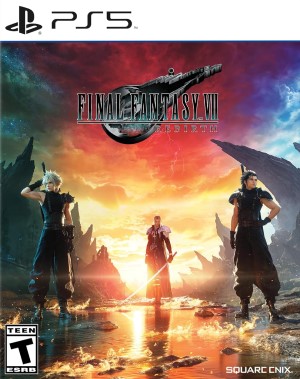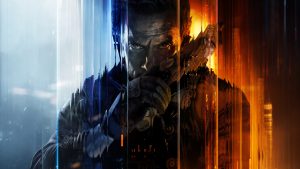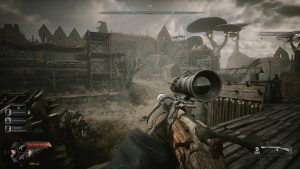
The developer has been doing great work with its Final Fantasy 7 Remake initiative, creating a new and more accessible reimagining of this classic while also implementing new changes to please long-time fans. We got the amazing Final Fantasy 7 Remake back in 2020 with an Intergrade DLC shortly after, and the next chapter in this trilogy Final Fantasy 7 Rebirth is finally here.
With this feature, we take a look at what has changed with this new chapter from a technical perspective. Right from the game engine being used to the rendering pipeline being utilized and the performance, we will be deciphering each element of the experience on the PS5.
What Has Changed From Final Fantasy 7 Remake?

Final Fantasy 7 Remake marked a big change from Final Fantasy 15 because instead of utilizing its proprietary game engines, the developer utilized Epic’s Unreal Engine 4 to power its reimagined rendition of Midgard. Interestingly though, the developer switched to its proprietary tools once again for the latest Final Fantasy 16.
With Rebirth, the developer is retreading the same steps as Remake – and still continuing to work off Epic’s Unreal Engine 4 once again. But now that the developer has a much more powerful platform to work on with the PS5, Rebirth definitely looks better than what came before. Keep in mind that it’s an iterative upgrade which is to be expected given that both are utilizing the same base feature sets, but some effort has been made to smooth out criticisms that were laid with the release of Final Fantasy 7 Remake.
Highly detailed character models and strong post-processing effects continue to be a strong suit for Final Fantasy 7’s rendering pipeline, but issues with inconsistent level of quality in environmental assets continue to persist in this generation as well. Lighting and reflections also look good at times. Still, the developer seems to have missed the opportunity to utilize newer techniques to its full capacity which we will be discussing in detail in later sections of the feature.
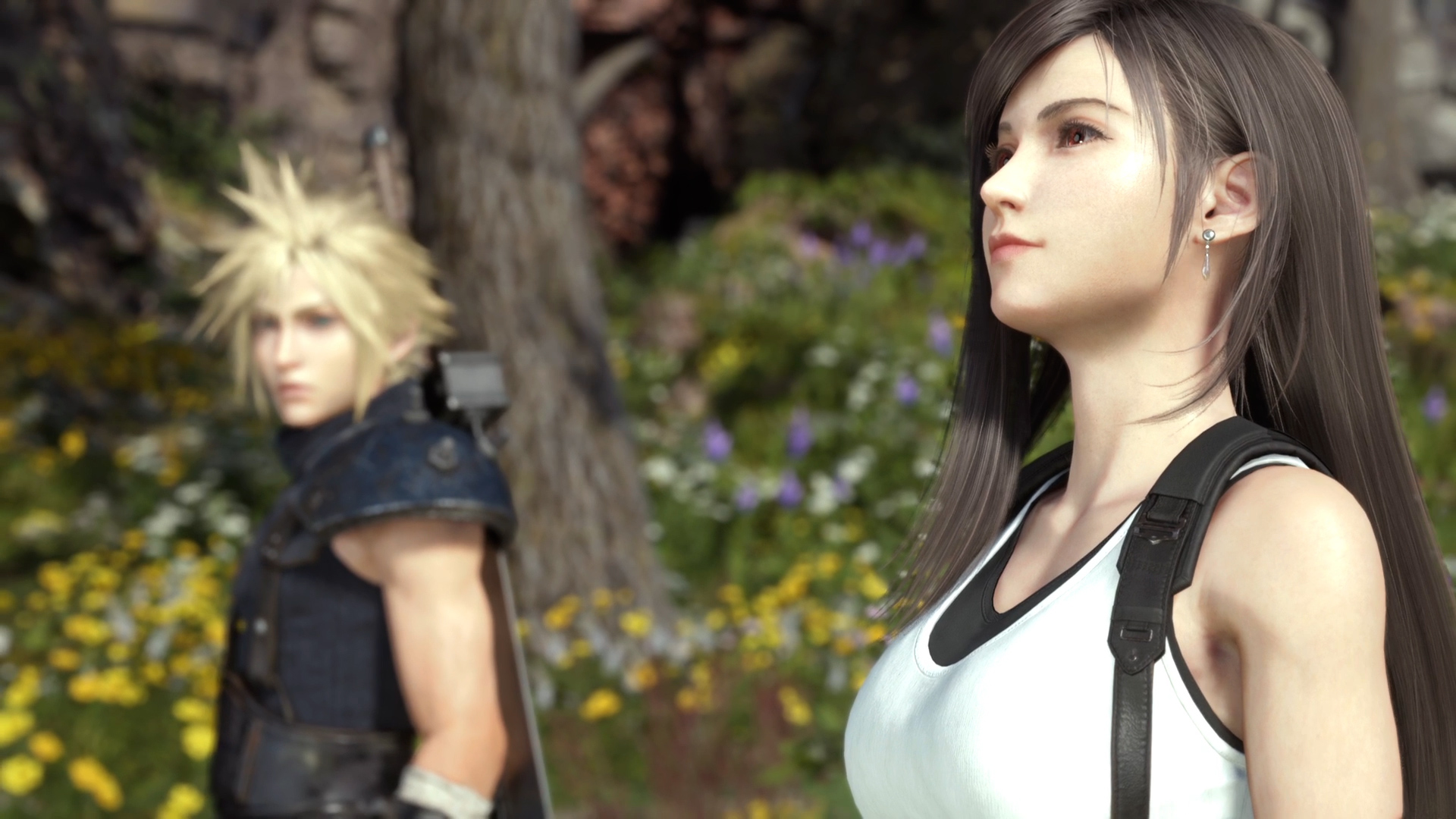
As mentioned previously, Final Fantasy 7 Rebirth pays a ton of attention to its character models – right from the skin meshes to the clothes they don and even how the hair looks in action. The merits of the first game carry over to Rebirth – and character models boast some really high polycounts. Skin meshes are extremely detailed, and while there is some inherent softness to the skin of characters like Cloud or Sephiroth, that has more to do with the artistic direction as opposed to visual fidelity.
The clothes that the characters don are all composed of high quality physically based materials, and they react appropriately to light depending on their respective properties. The texture work is great and you can zoom in to really appreciate the level of effort gone into creating these characters.
The hair rendering department seems to have received a significant upgrade, with individual strands of hair having markedly more polycounts than what we have seen in Final Fantasy 7 Remake – which helps in resolving the artifacts that could be seen along the edges of characters’ hair in the first game.
Open-World
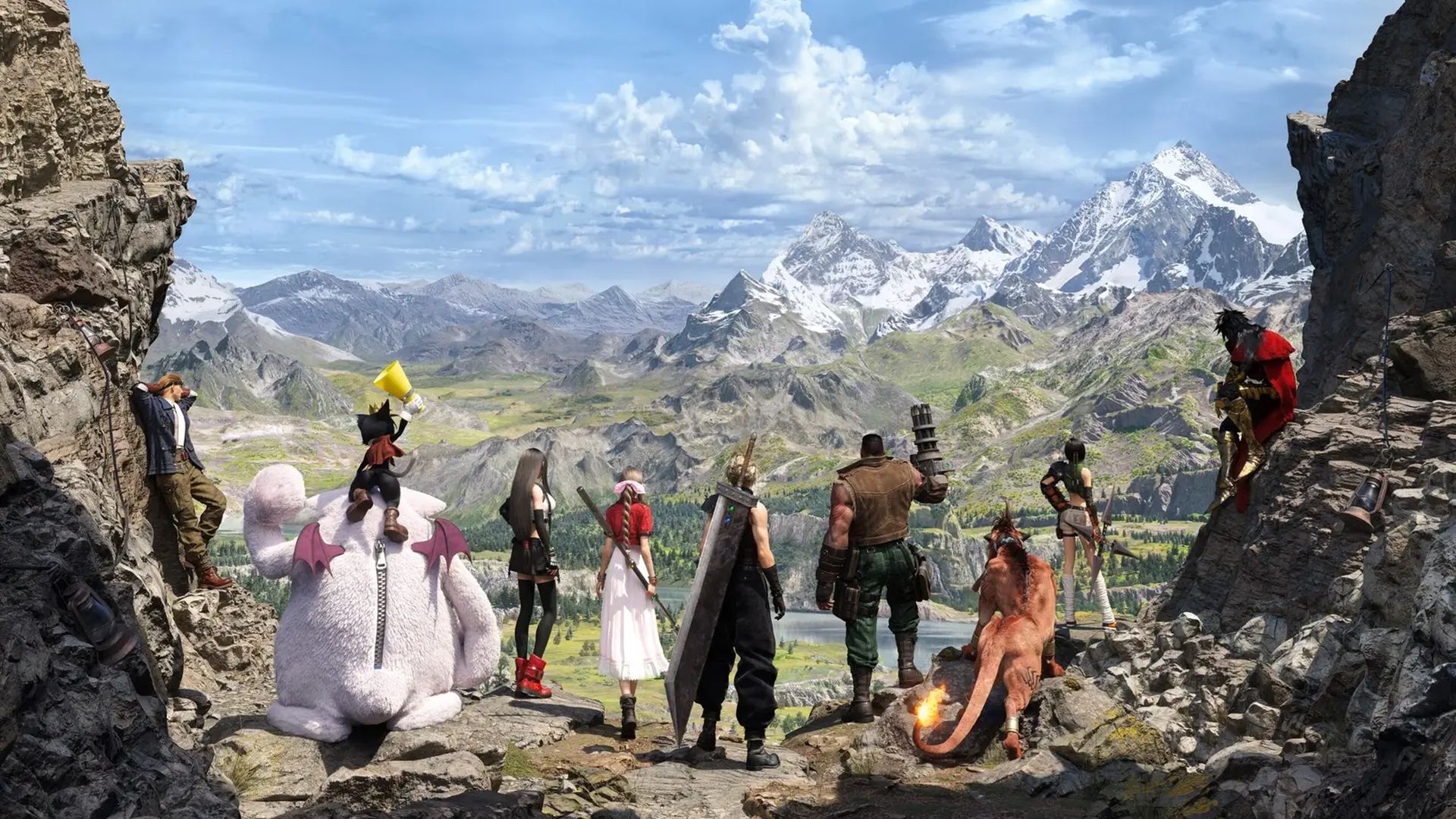
Final Fantasy 7 Rebirth marks a significant change with its shift to an open-world structure, so how has the rendering pipeline changed to account for world streaming and rapid loading of assets? Well, we are afraid that the developer hasn’t really changed much of what’s running under the hood – but instead took a bet on the increased horsepower of the current-gen consoles to help with that stuff. It certainly works without any major issues, but it’s here where we get to see most of the issues carried over from Remake to Rebirth.
Environments do generally look good at scale. You can see giant mountains, sprawling grasslands, and stone structures out in the distance, and it’s all pretty magnificent on a macro level. On a micro level, however, things remain quite inconsistent. Certain textures do look great with high polycounts and appropriate geometric complexity, but others feel lacking in comparison.
Take a look at the city section where you make your way past guards by climbing your way across high beams and roofs, and see how the trees look quite weird with their primitive-looking branches and shoddy textures and compare that to the ground which has detailed cobblestones with proper geometric depth. The inconsistent texture quality continues to be an issue with Final Fantasy 7 Rebirth, though it’s not of the same severity as it was in Remake.
World streaming works well enough for the most part, and as mentioned previously – the draw distance is definitely impressive. The level of detail swapping and asset load times are fast enough, but we did notice a couple of instances of pop-in during our tests. Certain open world sections are chock full of foliage with several trees peppering the landscape, but they don’t really react to your presence and everyone can just awkwardly clip through the foliage which can feel a bit weird.
The lighting pipeline seems to be mostly unchanged from Remake, and Rebirth is probably utilizing a mixture of baked and dynamic lights to illuminate its environments. Certain indoor scenes look really good with bounce lighting being implemented through the baked solution, but the same level of care and attention hasn’t gone into all scenes. This is also partly due to how the dynamic light functions in conjunction with the baked lighting – which produces results that are convincing enough but nothing really impressive.
As for the reflections, Final Fantasy 7 Rebirth seems to be making use of high quality reflections. Notice how light is reflected from water puddles and glassy window panes, and how it perfectly shifts as you change the target perspective. It’s not immediately obvious since the usage is pretty limited, and we would have loved to see it being used as a global illumination solution which could probably have smoothed out the previously mentioned inconsistent lighting issues.
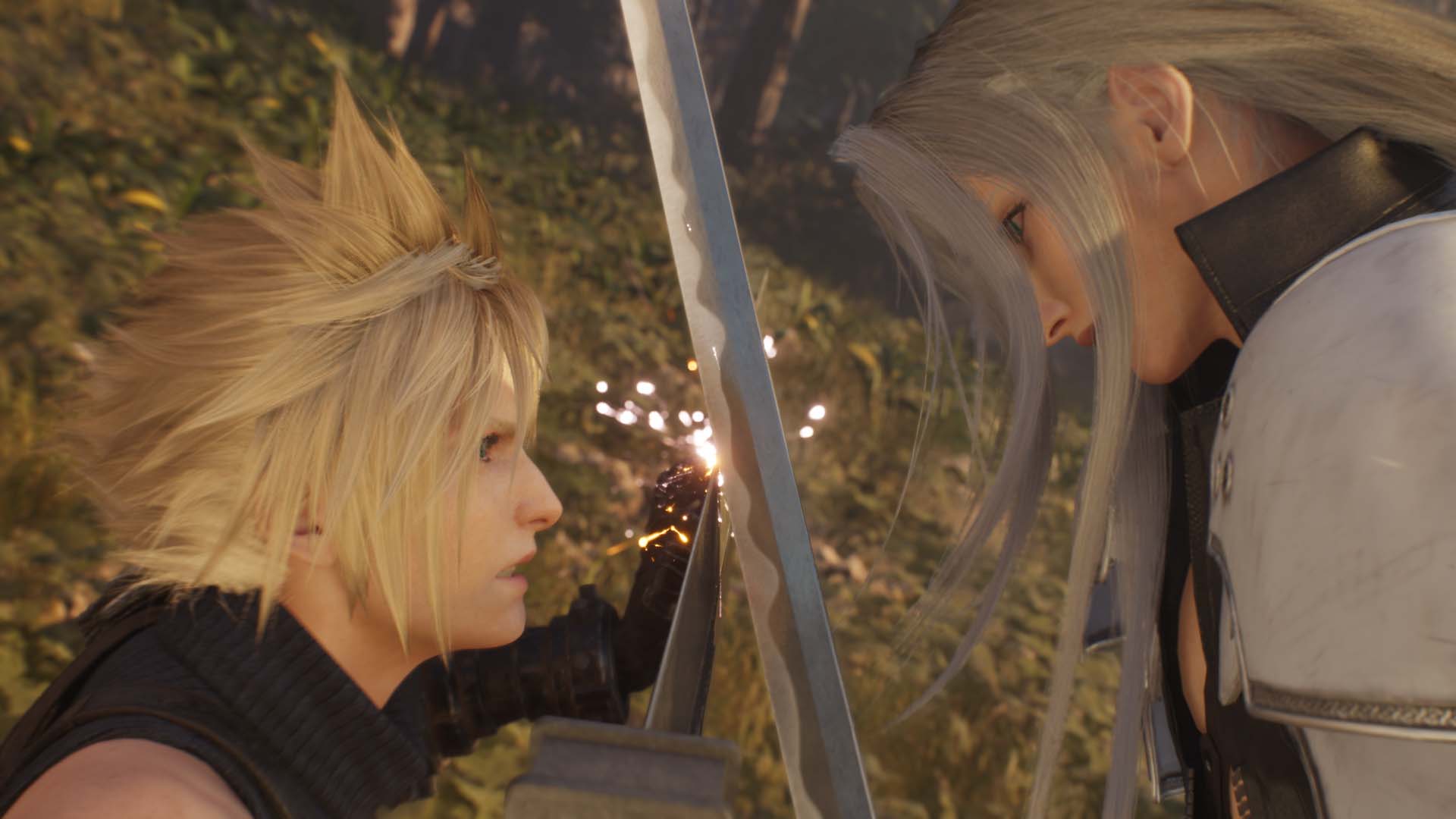
As mentioned previously, Unreal Engine 4 has a really strong post-processing pipeline – and the developer has made good use of those features to create a strong suite of effects that really shine in the final product. Motion blur and depth of field are an important part of the game’s presentation, and it all looks really crisp with a quality per-object implementation and little to no artifacts along the edges of focus objects.
Smoke volumes are also extensively used in cinematics and gameplay environments, and they look really good with thick smoke volumes and impressively detailed meshes that flow in a realistic fashion. Particle effects are also an equally important part of the post processing pipeline, and FF7 Rebirth’s combat sections never shy from displaying their high-quality alpha particles, plenty of sparks, and fire volumes with every spell you cast in the heat of battle.
PS5 Graphics Modes And Load Times
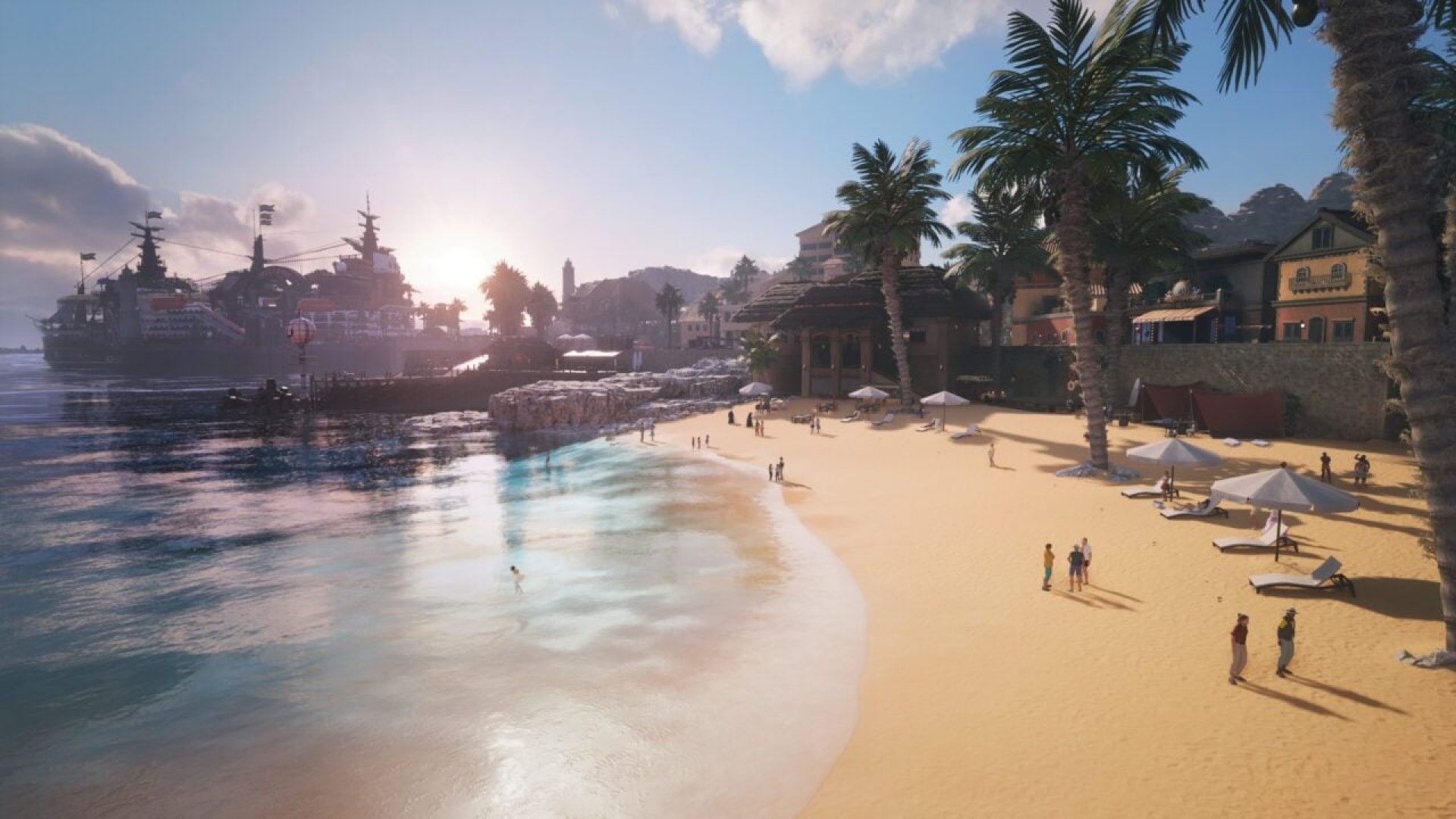
Final Fantasy 7 Rebirth offers two distinct graphical modes for players to choose from, a Fidelity mode which operates at a 4K resolution with a frame rate target of 30fps. Then there’s a performance mode that drops the resolution down from 4K to a dynamic 4K and instead bumps the frame rate to 60fps. There isn’t much difference in terms of the rendering pipeline itself, but the performance mode seems to reduce most of the graphical effects which is quite evident if you compare the two modes side by side. For comparison’s sake, the PS4 Pro version of Remake ran at 30 FPS by utilizing dynamic resolution scaling with a peak resolution of 2880 x 1620.
Asset quality takes a slight hit in the performance mode, and so does draw distance. Objects far away from the camera are rendered at a fraction of the polygon budget as their fidelity counterparts. Interestingly though, ray-traced reflections on certain surfaces seem to be intact across both graphical modes – but that’s difficult to ascertain given the limited usage of the technique itself.
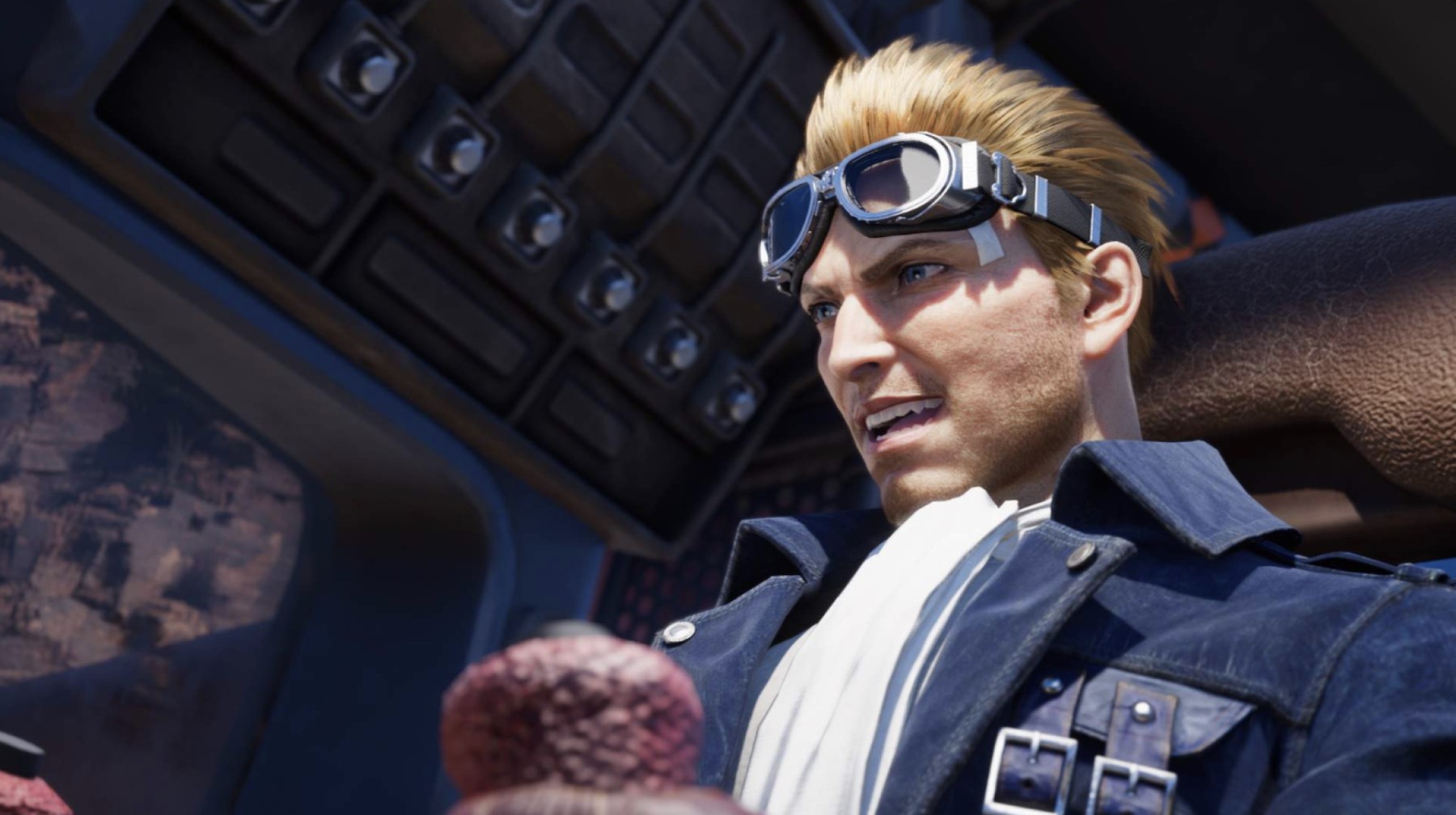
In terms of performance, the Fidelity mode does a good job of sticking to its frame rate target. There are some minor slowdowns, but by and large performance is generally fine across the board with minor drops here and there. Performance mode also fares the same, but the game seems to work pretty well across both graphical modes during our tests.
Continuing our tests on Final Fantasy 7 Rebirth, we have the loading times. Loading up a save takes just about 3 to 4 seconds, which is extremely impressive especially when you compare that to the load times on Final Fantasy 7 Remake. Suffice it to say, the developer has done a really good job of optimizing the game to take advantage of the PS5’s SSD.
Conclusion
In conclusion, Final Fantasy 7 Rebirth might not have been a really big change over what came before in a technical sense – but it definitely puts the effort to iron out the issues that were put forth in Remake. Not to say that there aren’t any quirks with the experience, but Final Fantasy 7 Rebirth is a largely good-looking game that puts the Unreal Engine 4 to great use and renders its environments without dropping much frames.








